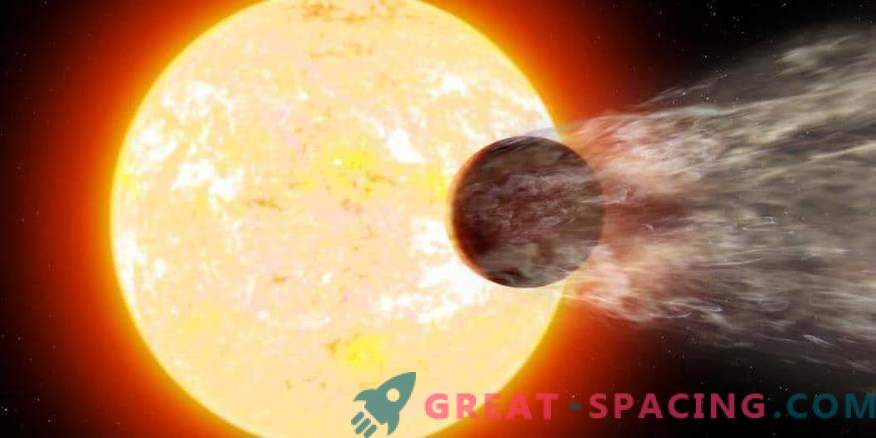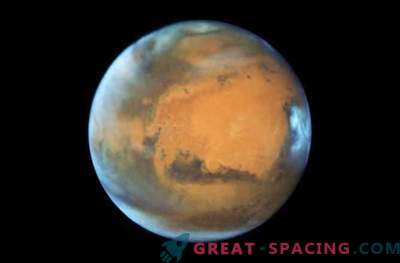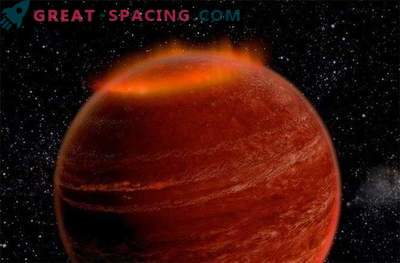
Artistic interpretation of HD189733b, which demonstrates the atmosphere of a planet devoid of parent star gravity
The latest models of massive star eruptions help to take a fresh look at the viability of exoplanets. They took our Sun as a basis, but the mechanism is also applicable to cold stars.
Coronal emissions - giant explosions of plasma and magnetic field erupting from stars. This is the basis of the space weather phenomenon, which can not only destroy satellites, but also damage equipment on the planet. Researchers now say emissions can affect potential planetary habitability.
In the usual understanding of an exoplanet, it is considered habitable if it is located in the habitable zone (temperature allows disposing of liquid water). Low-mass stars are characterized by low temperatures, so objects must live closer, but then emissions affect them more strongly. When a coronal ejection acts on a planet, it squeezes the magnetosphere. If there is enough power, the ejection is able to compress the magnetosphere so strongly that it will expose the planetary atmosphere, which it will simply sweep away. That is, the object and its entire potential life become open to deadly stellar X-rays.
The team decided to create a model for the cool star V374 Pegasus and found out that powerful magnetic fields force out the coronal mass to the point of the astrophysical current sheet (minimum magnetic field strength).
This means that such cold stars are the most deadly for their planets. If we compare it with our planet, then in such conditions it will be necessary for the exoplanet to have a magnetic field several tens of thousand times denser than the earth's. Such objects are faced with coronal strokes 5 times a day.
This is an important study, because it allows to take into account weather conditions when searching for life on exoplanets.











































